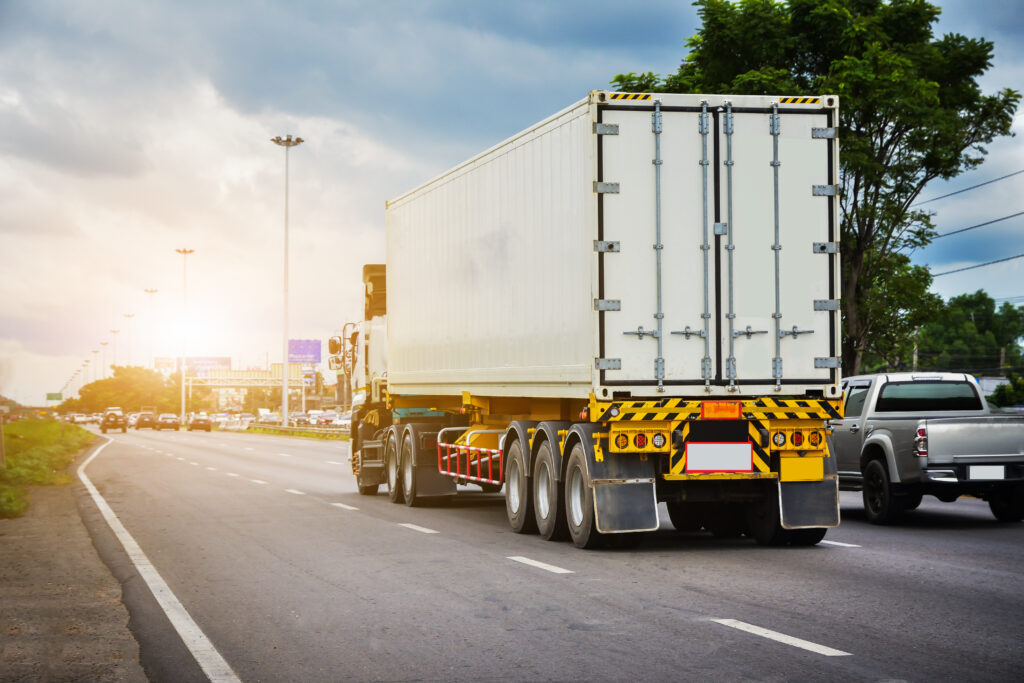
The western world is shifting its rhetoric on lean and “just-in-time” supply chains in favour of the resiliency found in the “just-in-case” model. Meanwhile, eastern markets, often closer to the traditional sources of supply, continue to observe ever-increasing levels of Foreign Direct Investment and the entry of many internationally renowned brands. Moreover, with the rising gross domestic product (GDP) and consumerism seen in many nations in the east, there is a growing need for express distribution systems to underpin these international brands’ distribution needs.
Additionally, the rapid growth of e-commerce in the east has resulted in the formation of a plethora of excellent parcel delivery companies that serve consumers’ needs. However, traditional trucking methods remain a challenge for shippers and consumers alike.
Regular trucking services represent the majority of trucks on the road, yet the market is fragmented and fraught with a lack of technology, transparency, and standards. This is especially true for less-than-truckload (LTL) “on-demand” shipments, which present the most significant challenge since the lack of efficiency results in high operating costs. For example, Thailand’s overall logistics cost vs GDP is substantially higher than in Europe or the USA.
To face future challenges locally, regionally, and globally, whether linked or not, requires an express distribution network with great flexibility and visibility. Also, it must meet the level of quality and technology present in parcel express companies, and in some cases, it may require even more sophistication.
The future of LTL distribution is about developing increased efficiency through improved praxis and technology adoption, using Big Data for predictive situation management. Blockchain technology is also crucial in driving provenance, trust, and transaction velocity.
Empty Backhauls
One core problem that needs to be addressed is the massive number of trucks running back to their base empty after delivering goods to customers. In Thailand, approximately 80% of trucks face empty or near empty backhauls. It is not only a question of efficiency and cost but also a considerable waste of the country’s precious energy resources.
To address this issue, we should look to Europe, more specifically the UK, where Pallet Network Systems have existed for more than 25 years. During their early years, UK Pallet Networks helped to increase trailer utilisation from 51% (as observed in traditional transport and haulage operations) to 73%.
Over the last 25 years, this utilisation level has been maintained and, where possible, improved. Consequently, in 2021, trailer utilisation reached 75% in pallet networks, meaning that 75% payload was achieved. By efficiently consolidating and cross-docking multi-drop LTL shipments through a pallet network “hub and spoke” operation, “empty trucking” can be sufficiently reduced across the total trip.
APX’s Solution
The APX Pallet Network supports local trucking entrepreneurs to manage their assets more efficiently and to develop and grow their own sustainable businesses. Factors that help to improve “load utilisation” in the APX Pallet Network include:
- APX Trucking Members only need to operate between their Depot and the next Hub and vice versa to ship to any point in Thailand. Channelling the LTL freight is maximising space utilisation in both directions.
- Night operation at the Hub ensures minimal loading and unloading time, and the truck returns to the Depot in the shortest possible time.
- One Member’s pallet input into the system is another Member’s trunk haul and last-mile delivery.
- Pallet networks can often complement other freight characteristics (e.g., PTLs/FTLs); further potential exists for improving trailer utilisation by isolating trip focus, thereby ensuring that only similar freight profiles are grouped.
- Additionally, as Pallet Networks develop operations, increasing the flow between hubs and spokes drives an increased level of trunking capacity, which in turn forces freight velocity and further facilitates trailer utilisation.
- Having a diverse network of Members, each with their own combinations of haulage resources also facilitates the ability to improve trailer utilisation. In this way and where necessary, network freight can be transported appropriately on smaller or larger trucks (depending on volumes being handled) to either the final regional destination or even (if deemed necessary) partially to a peer member.
Pallet Networks are one of the best options to meet future logistics challenges and customer demands while reducing costs.
